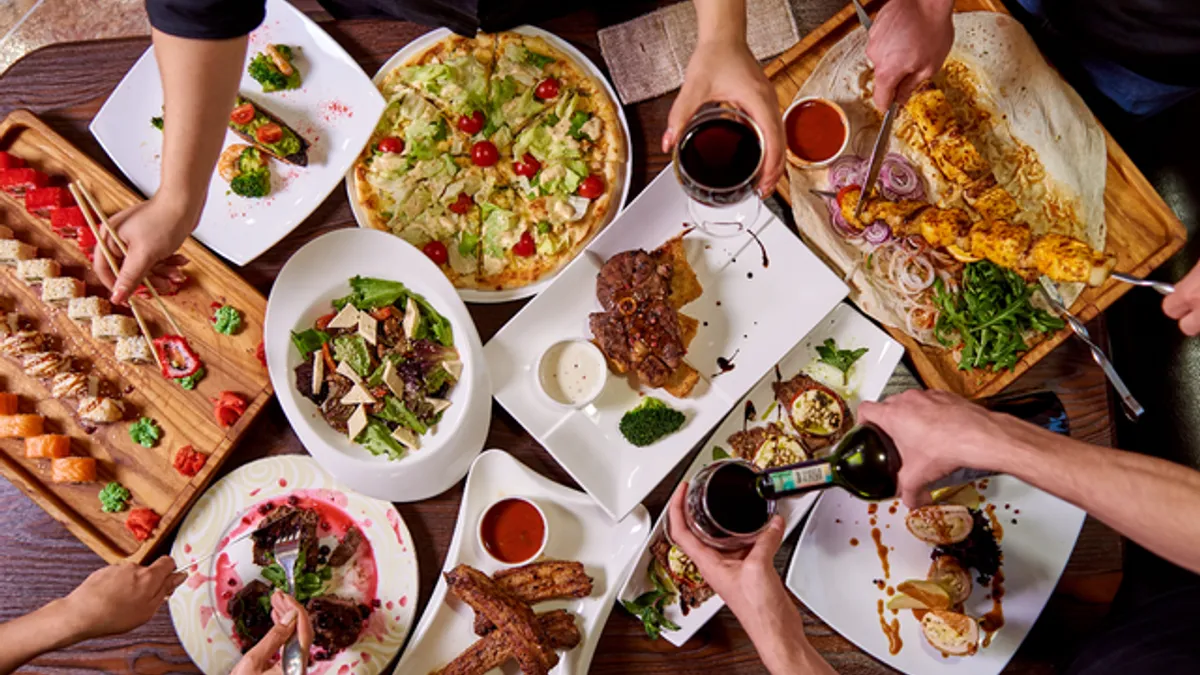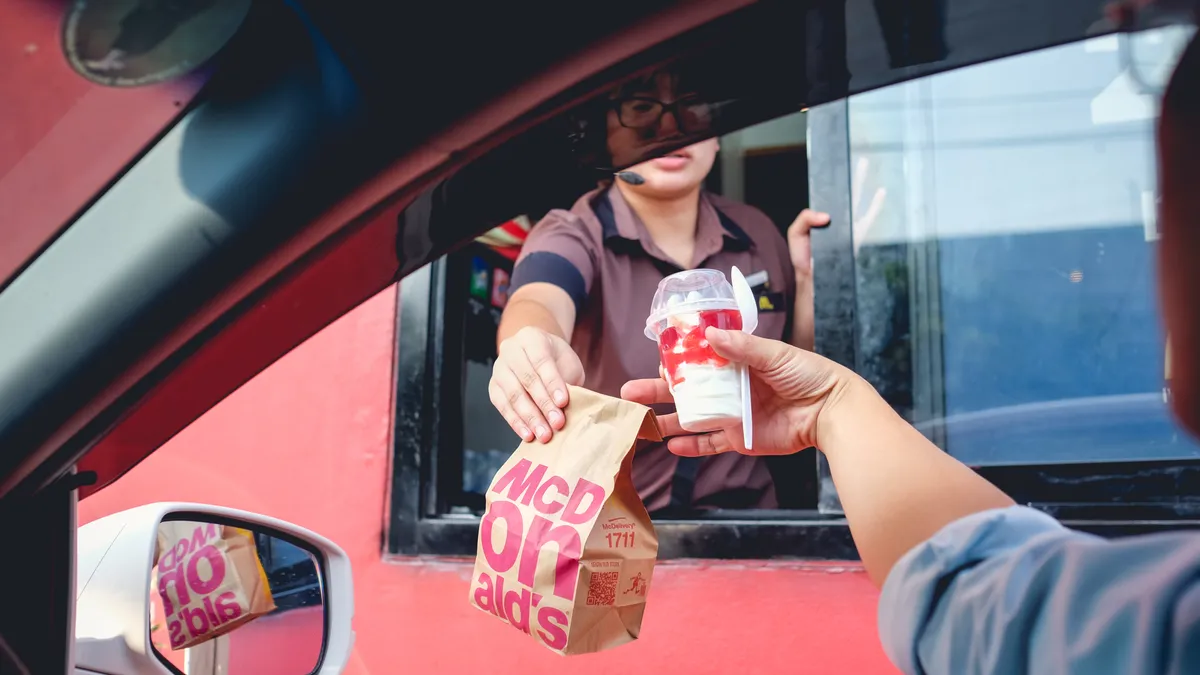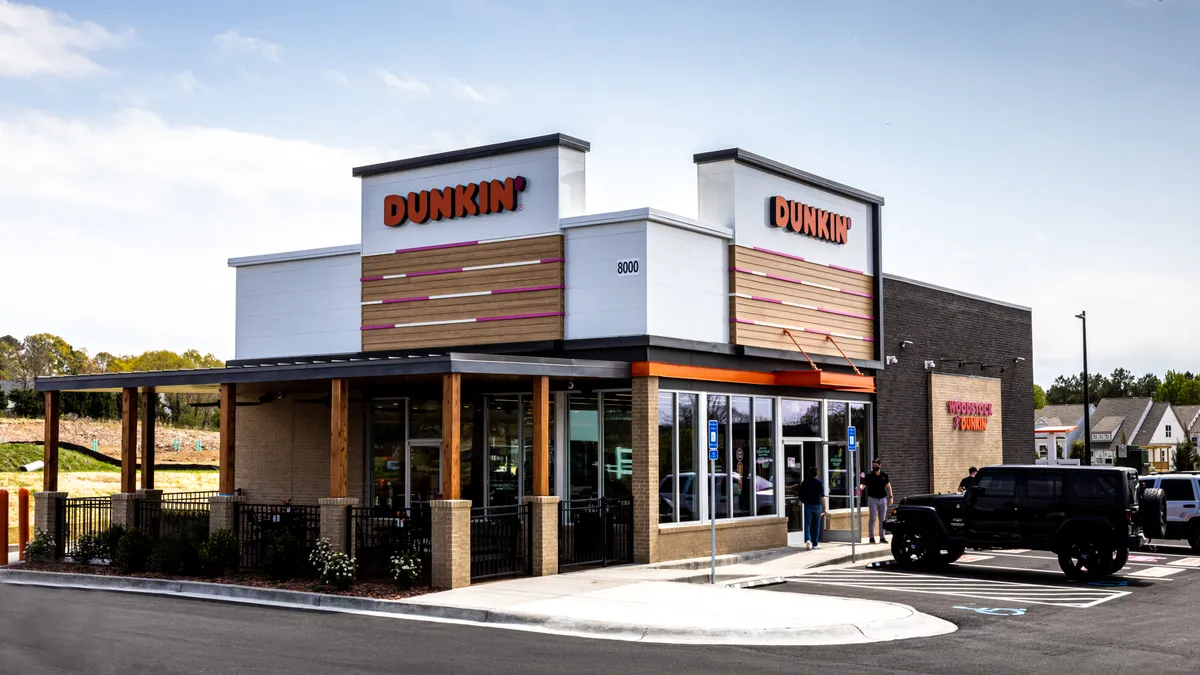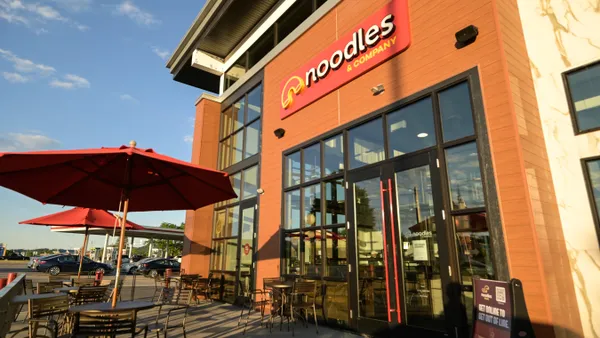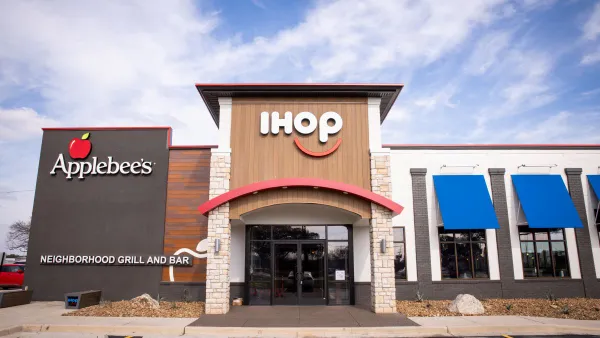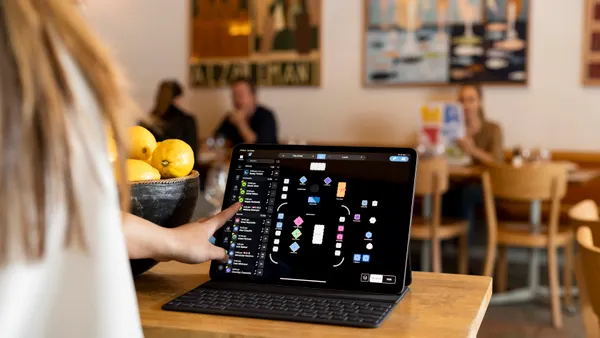There’s a tentative sense of optimism in the restaurant industry — between inflation and recession fears — as sales return to pre-pandemic levels. The industry is expected to bring in nearly $900 billion in sales nationwide, marking a growth trajectory unseen since 2019.
Amid all that potential opportunity, operators are pushing for every new consumer possible in this cutthroat industry. To succeed, restaurant operators must think more tactically about each individual consumer and work to earn their business. The key is implementing personalized restaurant promotions that change consumer behavior in favor of dining at your locations instead of your competitors.
So how can your business create and execute these promotions successfully and profitably? Let’s unpack why many operators’ current strategies don’t work well enough, what makes personalization so effective, and the technology that can help you implement personalization.
Common restaurant promotion strategies and why they don’t work
As a restaurant operator, you’re likely trying one or a variety of these strategies to bring in new business. While each has its merits, they all ultimately fall short of what you need to bring in additional profit. Here’s why.
First, let’s take a closer look at strategies powered by first-party data.
Loyalty programs
-
What it is: Loyalty programs share discounts and promotions with a select group of high frequency customers. These types of programs are a popular choice for restaurants of all sizes, from quick service restaurants (QSRs) to individual establishments. As of the past year, 57% of locations offer some form of loyalty program to retain consumers.
-
Where it falls short: While these programs can effectively increase visit frequency and ticket size from your existing consumers, they don’t do much to bring in new ones. Beyond that, loyalty programs offering blanket promotions could cannibalize potential profits from those consumers that would’ve paid full price even without the promotion.
Broad-based marketing and promotions
-
What it is: Marketing and promotion tactics for increasing visibility and attracting new customers can include everything from handing out menus in the neighborhood to social media posting to paid ads on radio and TV. Restaurants need to market themselves to expand their reach, whether through paid media placements, building a social presence, or offering coupons for first-time diners.
-
Where it falls short: Broad-based tactics can be expensive, time-consuming, and — in the case of non-targeted or segmented promotions — undercut higher earning potential.
Besides these strategies powered by first-party data, many restaurants partner with apps and services powered by third-party data.
Relying on third-party delivery
-
What it is: Third-party delivery apps let restaurants work with outside organizations to get their food into the hands of a much wider audience. These programs are popular with consumers — particularly younger generations, with 40% of Gen Z claiming they prefer using these platforms for dining in and taking out. This makes delivery apps necessary to any modern restaurant’s tech stack.
-
Where it falls short: While the convenience factor is popular and third-party delivery apps can increase reach by getting your restaurant in front of potential new consumers, partnering with one of these platforms shouldn’t be your only promotional strategy. Third-party delivery apps charge restaurants high delivery premiums, significantly cutting into profit.
Upside’s digital marketplace unlocks profitable and incremental sales for restaurants
To drive new, profitable business to your restaurant, follow these steps:
-
Pinpoint how each potential consumer values your dining experience monetarily.
-
Use your margin as a guide and meet that value on an individual basis to drive a new sale profitably.
-
Continually offer value to turn occasional diners into regular ones.
Personalized restaurant promotions will get new diners in your establishment and keep regular ones returning repeatedly. You can leverage the data you already have to determine exactly how much value each consumer needs to purchase and use that to inform each unique promotion. But how do you gather transaction data for consumers who have never dined with you?
Platforms for profitable restaurant promotions:
With digital marketplaces like Upside, restaurant operators can leverage the transaction data of tens of thousands of users in their area to deliver personalized promotions to new and existing customers. Upside’s technology interprets and changes consumer buying behavior — so they dine with you (instead of with your competitors) — to generate additional profit.
Finding the perfect balance: Increasing revenue and profit without significantly raising costs
Running a restaurant has always been one of the most challenging paths in entrepreneurship. Supply chain issues and inflation have driven up costs for ingredients and other supplies, forcing operators to either absorb costs in their restaurant profit margins or raise menu prices and risk alienating loyal consumers.
Discover effective ways that smart restaurant operators are handling the current challenges, sustainable cost-cutting techniques, and methods for boosting revenue and profits without incurring significant additional expenses: Can Restaurants Profit with a Lower Spend?

